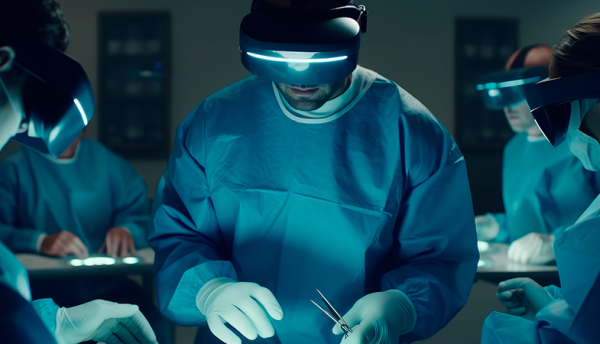In a collaborative effort, all six medical schools across the state of Virginia recently united to explore the use of Virtual Reality (VR) technology in medical education. The collaboration, still early in its efforts, aims to provide a new mode of practical training that can help medical educators combat the increasing cadaver shortage faced by medical schools across the country. VR presents an attractive solution to this problem not only because of its ability to diminish reliance on cadaver use but also because of the enhanced capabilities for distance education and increased student engagement.
Reducing reliance on cadavers for anatomy training
Traditionally, medical students have relied heavily on cadaver dissection for hands-on anatomy training. However, the availability of cadavers has declined in the last two decades, leading medical educators with options such as 2D pictures and anatomical moulds to train students on anatomy. The adoption of VR in anatomy training offers a sustainable and ethical solution, allowing students to explore the intricacies of the human body in a digital environment without the need for physical cadavers.
Improving education quality with advanced training tools
The primary objective of this collective effort is to elevate the standard of medical education by incorporating cutting-edge virtual reality technology. By leveraging VR, medical schools aim to create immersive and realistic training experiences for students. This approach will enable students to practice more often and in life-like scenarios that improve practical skills and decision-making abilities.
Enhancing long-term capabilities for medical education
The global landscape has seen a rapid evolution in the field of education, with technology and distance learning becoming increasingly prevalent. While medical education has been more resistant to these changes than other higher educational programmes, they too have been feeling the pressure to adapt to a more student-centric version of the traditional classroom.
Erick Miranda, COO of Perspectus, said: “Incorporating VR technology into medical education does require some flexibility and commitment by faculty. The use of pre-packaged content and simulations are non-starters. However, because of how rigorous and expansive the medical school curriculum is, Perspectus puts VR in the hands of the educators, allowing them to utilise advanced data visualisation technology to efficiently create an unlimited amount of customised VR content.”
Click below to share this article

